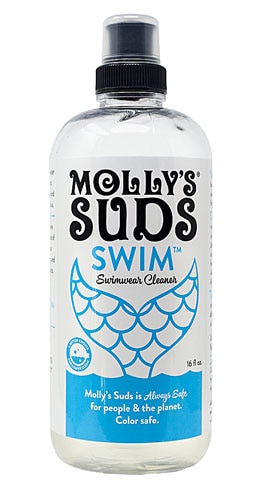A pool can be an oasis of cool on a hot summer day. But before you take the plunge, it’s important to make sure the water is safe.
Some swimmers might balk at diving into a pool full of chlorine and other protective chemicals. But those fears typically are misguided, says Mary Ostrowski, senior director of chlorine Issues at the American Chemistry Council.
“Pool chemicals are added to pool water to help protect swimmers’ health and safety,” she says.
In fact, without pool chemicals, everything from shampoos and lotions to – yes – human urine and fecal matter can pose a serious risk to your health if they are in pool water.
“Absent or improper levels of pool chemicals can be a cause of concern for swimmers,” Ostrowski says.
How pool chemicals protect your health
Take chlorine, perhaps the best-known pool chemical. In recent years, it’s become trendy to question whether too much exposure to chlorine poses a risk to swimmer health.
But experts generally dispute that notion. The reality is that chlorine – and other disinfectants -- destroy pathogens that can sicken swimmers.
“When disinfectant is absent -- or the levels are too low-- waterborne pathogens can survive in the pool,” Ostrowski says. That can cause swimmers to become sick with diarrhea, swimmer’s ear and other infections.
In fact, the U.S. Centers for Disease Control and Prevention characterizes a combination of adequate levels of chlorine and proper pH levels (generally a reading of about 7.4) as “the first line of defense” in keeping swimmers healthy.
Other pool chemicals also have important – if less celebrated – benefits. For example, algaecides help keep pool water clear.
“When water is murky due to algae, lifeguards cannot identify swimmers under the surface who may be in distress,” Ostrowski says.
Avoiding a false sense of security
However, it’s a mistake to assume a pool is automatically safe simply because chlorine and other chemicals are present in the water.
For starters, chlorine does not kill all pathogens right away. The CDC notes that it takes less than one minute to kill E. coli bacteria and other germs.
However, some pathogens are more resistant. For example, it can take 16 minutes to kill the hepatitis A virus, and 45 minutes to kill the giardia parasite.
Meanwhile, the cryptosporidium parasite can survive chlorine for more than 10 days.
So, it’s important to make sure pool water has been properly treated well in advance of swimming – and that the water is regularly tested for the proper concentration of these chemicals.
You can use widely available pool test strips to check chemical concentration levels. The Water Quality & Health Council even offers these strips for free.
More tips for staying safe
If you’re swimming at a public pool, make sure the water is clear and that you can see the main drain at the bottom of the deep end of the pool, says Jim Mock, interim executive director of the Pool & Hot Tub Alliance.
If you cannot, something might be amiss. “If the water is cloudy or has a strong chemical odor, report this condition to the operator of the pool,” he says.
Swimmer hygiene also is important to keeping pool water safe. Mock says swimmers should shower prior to entering the pool. And it should go without saying that when nature calls, the right response is to exit the pool, not to remain in it.
Finally, try to avoid swallowing water when swimming, and visit public pools during quieter hours if possible. “Watch out for overcrowding conditions,” Mock says.




